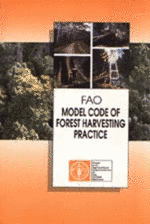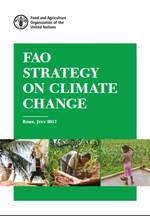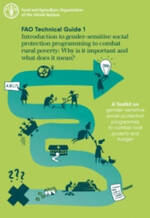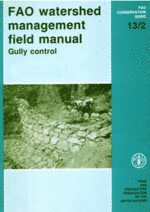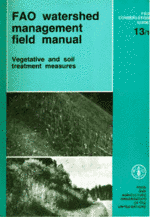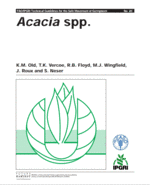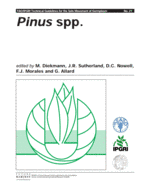Tools
A tool is a resource that supports and guides the implementation of SFM. This section includes all the tools available in the SFM Toolbox, which can be in form of publications, e-learning videos, software etc.
You can browse the Tools through keywords in the free search box or you can narrow the search using the filters on the right side of the page.
Social protection (SP) comprises a set of policies and programmes that addresses economic, environmental and social vulnerabilities to food insecurity and poverty by protecting and promoting livelihoods. Social protection is composed of non-contributory schemes (Social Assistance Pillar), providing either universal, categorical or poverty targeted benefits in cash, in kind, or...
The FAO model code of forest harvesting practice is intended primarily to serve as a reference for FAO member countries considering the adoption or revision of their own codes of forest practice. Its overall purpose is to promote harvesting practices that will improve standards of utilization, reduce environmental impacts, help...
Climate change is a top corporate priority for FAO. Through this newly-endorsed Strategy on Climate Change, FAO aims to enhance the institutional and technical capacities of Member States, improve the integration of food security, agriculture, forestry and fisheries within the international climate agenda and strengthen the internal coordination and delivery...
Many social protection programmes, including cash transfers, public works programmes and asset transfers, target women as main beneficiaries or recipients of benefits. Extending social protection to rural populations has great potential for fostering rural women’s economic empowerment. However, to tap into this potential, more needs to be done.
There is much...
The objective of this Manual is to assist professionals concerned with the planning and implementation of watershed management activities by providing practical information supported by examples from a wide variety of situations. However, the watershed situation in each country is unique and it is impossible to provide step-by-step solutions which...
This document describes and classifies landslides and landslide phenomena. Detailed specifications are provided for investigation and maintenance of slope stability as a basis for detection of and early warning against landslides. Measures for slope stabilization through mechanical and vegetative means are described.
The purpose of this paper is to provide practical guidance for vegetative measures for slope stabilization. This may be particularly useful in environments with a wide choice or readily available vegetative material. Measures include revegetation of slopes by living material, slope stabilization measures using living material, slope drainage system.
The joint FAO/IPGRI programme has generated a series of technical guidelines that provide technical information on disease indexing and other procedures, helping researchers ensure phytosanitary safety and complementing phytosanitary regulations and mechanisms existing in countries concerned. The scope of the recommendations in these guidelines is confined to small, specialized consignments...
The joint FAO/IPGRI programme has generated a series of technical guidelines that provide technical information on disease indexing and other procedures, helping researchers ensure phytosanitary safety and complementing phytosanitary regulations and mechanisms existing in countries concerned. The scope of the recommendations in these guidelines is confined to small, specialized consignments...
The joint FAO/IPGRI programme has generated a series of technical guidelines that provide technical information on disease indexing and other procedures, helping researchers ensure phytosanitary safety and complementing phytosanitary regulations and mechanisms existing in countries concerned. The scope of the recommendations in these guidelines is confined to small, specialized consignments...


